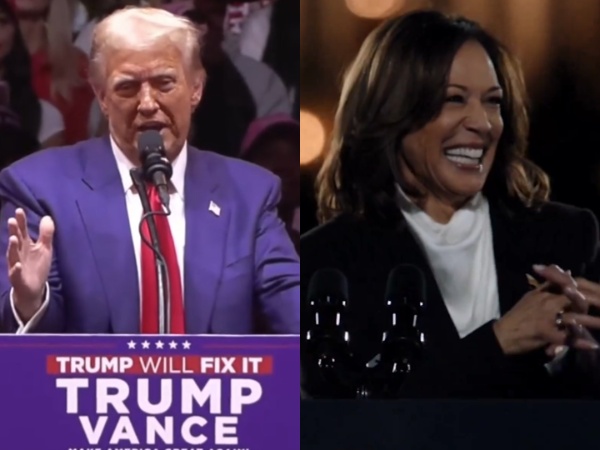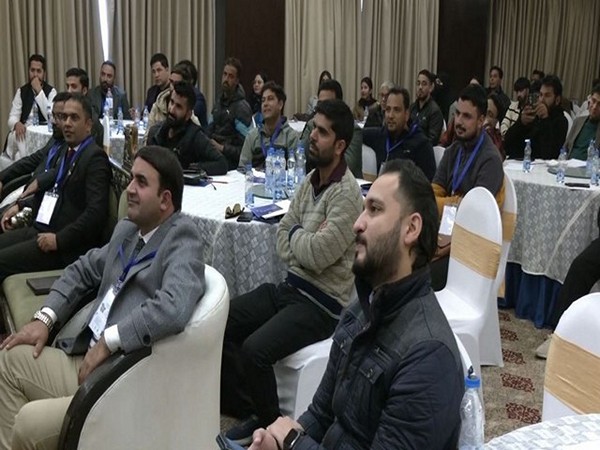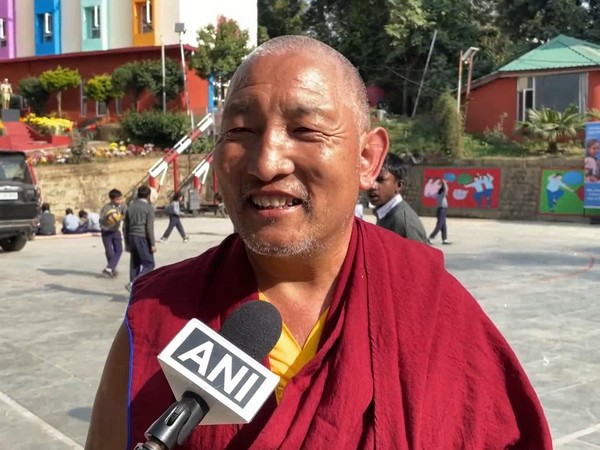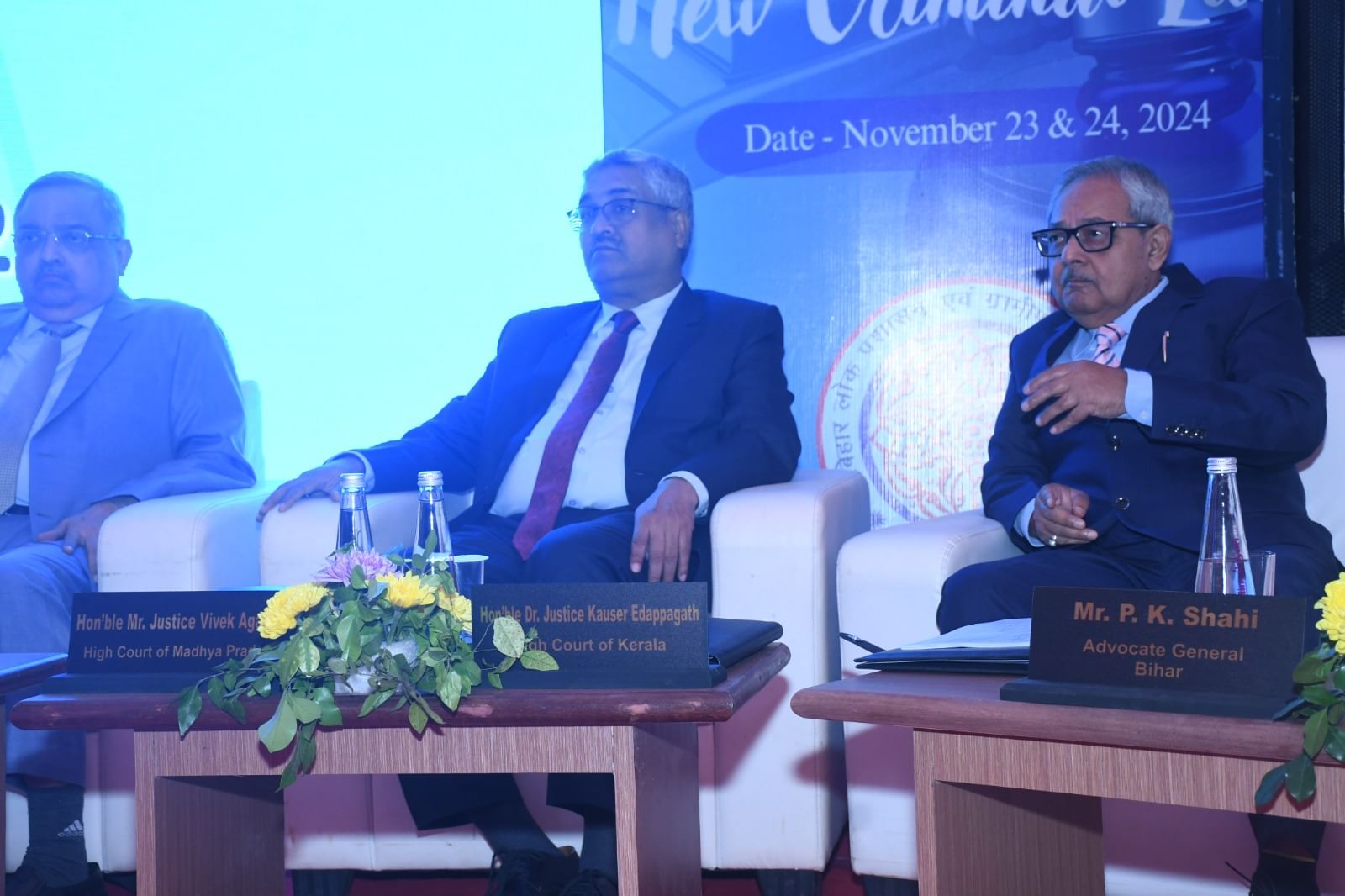By S Y Quraishi |
Updated: Oct 30, 2024 08:34 IST
New Delhi [India], October 30 (Desk) : With the U.S. presidential election set for November 5, 2024, people in India are curious to know how the electoral systems of the two countries compare.
The electoral systems of India and the United States differ widely. While India follows a highly centralized framework managed by the Election Commission of India, the U.S. employs a decentralized approach with individual states overseeing elections. Also, the methods of voting, vote counting, and institutional oversight also differ. It would be useful to compare the electoral frameworks of both nations, highlighting their unique features, operational challenges, and the lessons they can learn from each other.
Firstly, unlike India, US elections are held every four years on a pre-fixed day – first Tuesday after first Monday, since 1835.
Comparative Electoral Frameworks of India and the United States
The electoral frameworks of India and the United States have significant structural differences between them. In India, national and state elections operate under the Representation of the People Acts of 1950 and 1951. The U.S., however, follows a decentralized approach, with each state setting its own election rules, even for national contests such as congressional and presidential elections.
In India, the Election Commission of India (ECI), the most powerful election management body in the world, oversees the entire electoral process. In contrast, the U.S. lacks a centralized body; elections are managed by over 10,000 local units in 3143 counties, each with its own regulations. Though US has a Federal Eection Commission (FEC), but this is perhaps the weakest commission in the world, its power being limited to overseeing campaign finance. There is another body the U.S. Election Assistance Commission (EAC), which offers voluntary support to election administrators.
The two countries also employ different voting methods. India exclusively uses the first-past-the-post (FPTP) system. In the U.S., voting methods vary across states. While FPTP is the norm for presidential elections, some states (like Maine Alaska and Nevada) have adopted ranked-choice voting (RCV). Ranked-choice voting allows voters to rank candidates by preference. If no candidate receives over 50% of first-choice votes, the lowest-ranking candidate is eliminated, and their votes are redistributed to the next preference. This process continues until a candidate secures a majority and wins.
A distinctive and contentious feature of the U.S. electoral system is the Electoral College which was designed to address the fear that states with larger populations would dominate elections.
The Electoral College consists of 538 electors from the states in proportion to their congressional representation (Senate 100 plus 3 for District of Columbia and 435 members of the House of Representatives). After the general election, electors meet 41 days later to formally cast their votes for president. The Electoral College remains a source of complexity and debate in U.S. elections, as it can supersede the popular votes.
US: The Electoral college and Its Limitations
Under the U.S. Constitution, 538 electors – known as the Electoral College – determine the winner of the presidential election. In all but two of the 50 U.S. states, the popular vote determines which candidate will receive all of that state’s electors.
Moreover, the Electoral College tampers with the principle of ‘one person, one vote, one value’ in two significant ways.
First, the allocation of electoral votes to states favours smaller states. Each state receives two votes for its Senators, and one vote for each member it has in the House of Representatives. As a result, every state, regardless of population size, is accorded two senators. For example, California, with a population of 38 million, has the same number of senators as Wyoming, which has just over half a million residents. This system disproportionately enhances the influence of smaller states in the Senate.
Second, the Electoral College enables scenarios where the winner of the popular vote can still lose the presidency. This occurs because the president is not elected by a national popular vote, but by the Electoral College. Electoral votes are allocated based on the popular vote in each state, with 48 out of 50 states employing a winner-takes-all approach. For example, all 55 of California’s electoral votes go to the person who wins the the state election, even with a narrow margin of victory of just 50.1% to 49.9%. This was evident in the 2016 election, where despite more total votes for Clinton in three key states, Trump secured the electoral votes from Pennsylvania (20) and Texas (38), winning those states’ popular votes while Clinton only garnered California’s electoral votes (55). She won three million more popular votes and yet lost. In 2020 elections, Biden won both the popular vote and the electoral college vote – 51.3% and 306 electoral votes, against Trump’s 46.9 and 232.
The irony that the head of state in the world’s oldest democracy is not elected by popular vote raises significant concerns, especially as nearly two-thirds of Americans favor a shift to a popular vote system for presidential elections. Although the Electoral College has been modified three times–in1800, 1933, and 1961 – constitutional amendments are extremely difficult.
The Vote-Counting Process: United States vs India
The vote-counting process in the United States is significantly prolonged largely due to reliance on paper ballots and the handling of mail-in votes (like our postal ballots). While counting begins immediately after polls close, final results are seldom available on election night. In the 2020 presidential elections, over 101 million early or mail-in ballots were cast, compared to the 33 million in 2016 which overwhelmed the system.
India declares election results within a single day, despite the number of voters being four times larger, thanks to the EVMs. Never in history, the results have been questioned in India, unlike US where Trump refused to accept the results leading to a near rebellion, when a mob attacked the Capitol on 6 January 2021 leading to several deaths and a widespread damage to the Capitol.
While the electoral processes of India and the United States have distinct frameworks and methodologies, both nations can benefit from mutual insights. Ultimately, fostering public trust in electoral integrity remains paramount for sustaining democracy, emphasizing the importance of continual improvement in election management practices. (Desk/SY Quraishi)
SY Quraishi is the former Chief Election Commissioner of India and the author of several books including ‘An Undocumented Wonder – The Making of the Great Indian Election’ and ‘India’s Experiment with Democracy-the Life of a Nation through its Elections.’





